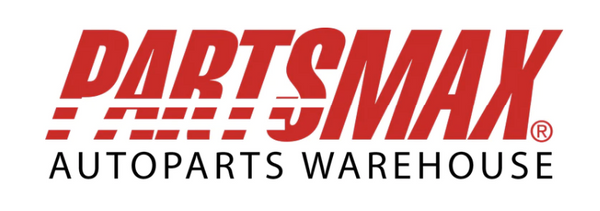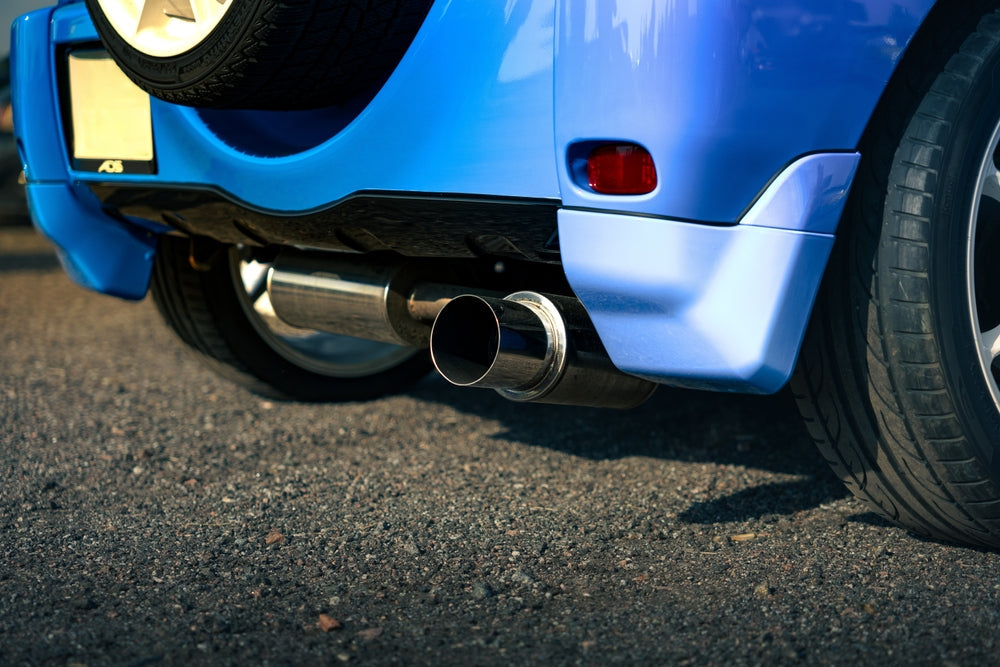Is your aftermarket exhaust too loud for daily driving? You're not alone. That performance exhaust system delivering those coveted horsepower gains might be turning your morning commute into a migraine-inducing experience. The good news? You don't have to choose between performance and comfort. Exhaust drone – that annoying low-frequency rumble between 2,000-3,000 RPM – can be significantly reduced without sacrificing the power gains you worked hard to achieve.
What Is Exhaust Drone and Why Does It Happen?
Exhaust drone occurs when your exhaust system creates resonant frequencies that amplify specific sound waves, typically in the 30-80 Hz range. This low-frequency rumble becomes most noticeable during highway cruising when your engine operates in that problematic RPM range.
Unlike the aggressive sound you want at wide-open throttle, drone is that constant, penetrating hum that makes passengers cover their ears. Aftermarket performance exhausts are particularly prone to this issue because they prioritize airflow over sound dampening, using straight-through muffler designs and larger diameter pipes that can create acoustic resonance.
The problem intensifies in modern vehicles with lightweight construction and large cabin spaces that act as resonating chambers, amplifying the unwanted frequencies while you're trying to enjoy your drive.
Method 1: Add Strategic Resonators for Targeted Frequency Control
The most effective solution for an exhaust drone is installing a resonator designed to cancel specific frequencies through destructive interference. Resonators work by creating sound waves that are exactly opposite to the drone frequency, effectively canceling out the annoying rumble.
A quality resonator like those from Vibrant Performance or Magnaflow can reduce drone by 8-12 decibels without impacting performance. The key is proper placement – typically in the mid-pipe section before your muffler. This positioning allows the resonator to target drone frequencies while preserving the exhaust note you want under acceleration.
Installation is relatively straightforward for DIY enthusiasts with basic tools, and the cost ranges from $50 to $150 for the resonator plus installation. Most users report immediate improvement with minimal impact on exhaust flow or power output.
Method 2: Upgrade to a Performance Muffler Designed for Comfort
Switching to a chambered muffler design specifically engineered to reduce drone can eliminate the problem while maintaining performance gains. Unlike straight-through designs that create drone, chambered mufflers use internal baffles and chambers to break up problematic frequencies.
Borla's S-Type and ATAK systems, along with Magnaflow's chambered options, use sophisticated internal designs that provide excellent flow while controlling unwanted noise. These mufflers typically feature multiple chambers with varying sizes to address different frequency ranges.
The chambered design works by forcing exhaust gases through a series of chambers that disrupt the formation of standing waves responsible for the drone. While slightly more restrictive than straight-through designs, the performance difference is negligible – usually less than 2-3 horsepower – while dramatically improving daily driving comfort.
Expect to invest $200-600 for a quality performance muffler that balances sound control with flow characteristics.
Method 3: Strategic Sound Dampening for Interior Drone Control
Applying automotive-grade sound-dampening material to key areas of your vehicle can reduce perceived drone levels by 6-10 decibels. This method works by preventing sound transmission from the exhaust system into the cabin rather than eliminating the drone at its source.
Focus your efforts on the trunk area, rear floor pan, and areas directly above the exhaust routing. Products like Dynamat Xtreme or Noico sound-dampening sheets provide excellent results when properly applied to clean, prepared surfaces.
The key is targeting areas where exhaust noise enters the cabin. In most vehicles, this includes the rear wheel wells, trunk floor, and the transition area between the cabin and cargo space. A partial application targeting these critical areas can provide significant improvement without the expense of treating the entire vehicle.
Budget $150-400 for materials, depending on coverage area, with most installations achievable as weekend DIY projects.
Method 4: Consider Active Noise Cancellation Technology
Aftermarket active noise cancellation systems use microphones and speakers to generate opposing sound waves that cancel exhaust drone in real-time. These electronic solutions represent the cutting edge of automotive noise control technology.
Systems from companies like LMS and Silentium work by detecting problematic frequencies through strategically placed microphones, then generating exactly opposite sound waves through small speakers integrated into your vehicle's interior. The technology is similar to noise-canceling headphones but optimized for the specific frequency range of the exhaust drone.
While effective, ANC systems require professional installation and integration with your vehicle's electrical system. The technology works best on consistent drone frequencies but may struggle with rapidly changing exhaust notes during aggressive driving.
Investment ranges from $800 to $2,000 installed, making this option best suited for high-end builds where cost is less of a concern than achieving maximum comfort.
Method 5: Professional Exhaust Tuning and Custom Solutions
Working with an exhaust specialist to custom-tune your system through pipe diameter optimization and strategic design changes can eliminate drone while maximizing performance. Professional shops use acoustic modeling and real-world testing to create drone-free exhaust systems.
Custom solutions might include variable diameter piping, strategic bends to disrupt standing waves, or hybrid designs combining multiple drone-reduction technologies. Experienced fabricators understand how exhaust velocity, pipe length, and diameter relationships affect both performance and sound characteristics.
This approach typically involves analyzing your specific vehicle and exhaust combination to identify the exact frequencies causing problems, then implementing targeted solutions. The result is often superior to off-the-shelf components because it's tailored to your specific setup.
Professional custom work ranges from $500 to $2,500, depending on complexity, but provides the most comprehensive solution for challenging drone issues.
Combining Methods for Maximum Effectiveness
Many successful drone reduction strategies combine multiple approaches. For example, adding a resonator to your existing system while applying targeted sound dampening often provides better results than either method alone.
Start with the most cost-effective solution for your situation – typically a resonator or muffler upgrade – then add supplementary methods if needed. This staged approach allows you to find the right balance of effectiveness and investment for your specific vehicle and sensitivity to drones.
Key Takeaways
- Resonators offer the best value for drone reduction with minimal performance impact
- Chambered mufflers provide excellent drone control while maintaining exhaust flow
- Sound dampening targets cabin noise transmission rather than the exhaust source
- Professional tuning delivers custom solutions for challenging applications
- Multiple methods can be combined for maximum effectiveness
- Start with least expensive options and build up as needed
- Most solutions preserve performance while dramatically improving comfort
Conclusion
An aftermarket exhaust too loud doesn't mean you have to suffer through painful drone or abandon your performance goals. Whether you choose a simple resonator addition, upgrade to a drone-fighting muffler design, or invest in professional custom tuning, effective solutions exist for every budget and skill level. The key is understanding that modern exhaust technology allows you to have both the performance gains you want and the comfortable daily driving experience you need. Start with the method that best fits your situation, and enjoy your performance exhaust system the way it was meant to be enjoyed – with power, sound, and comfort in perfect harmony.


